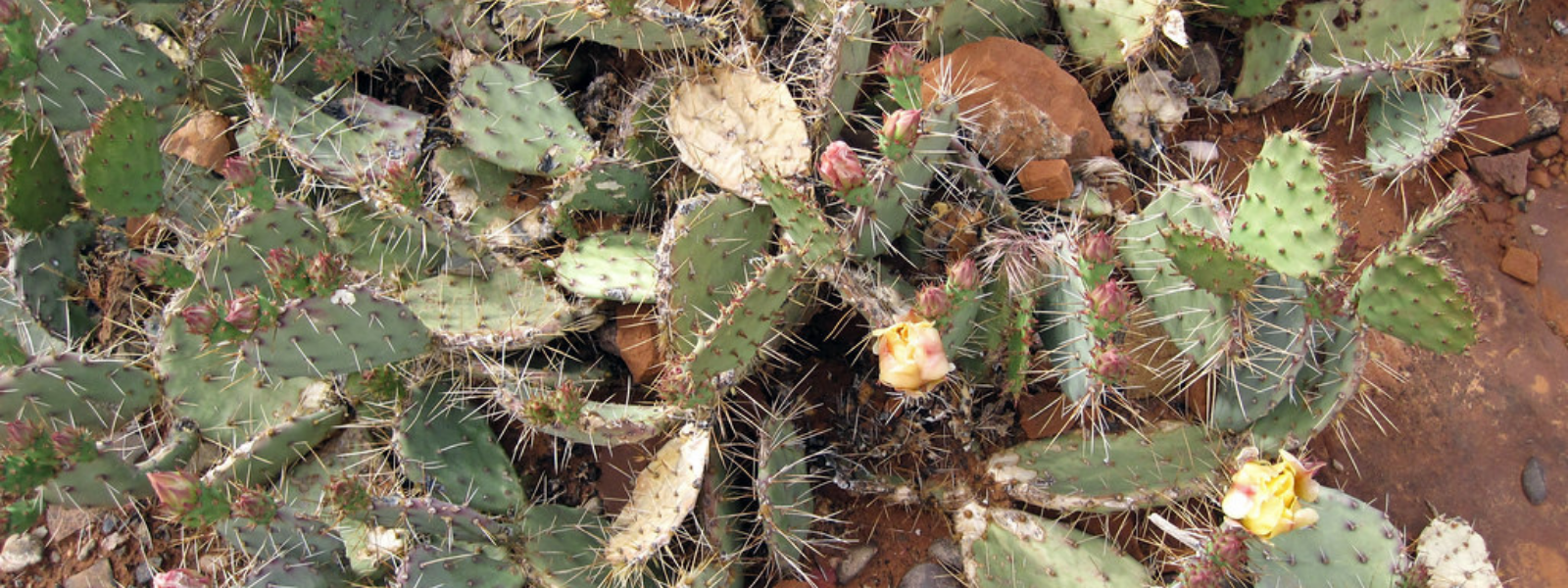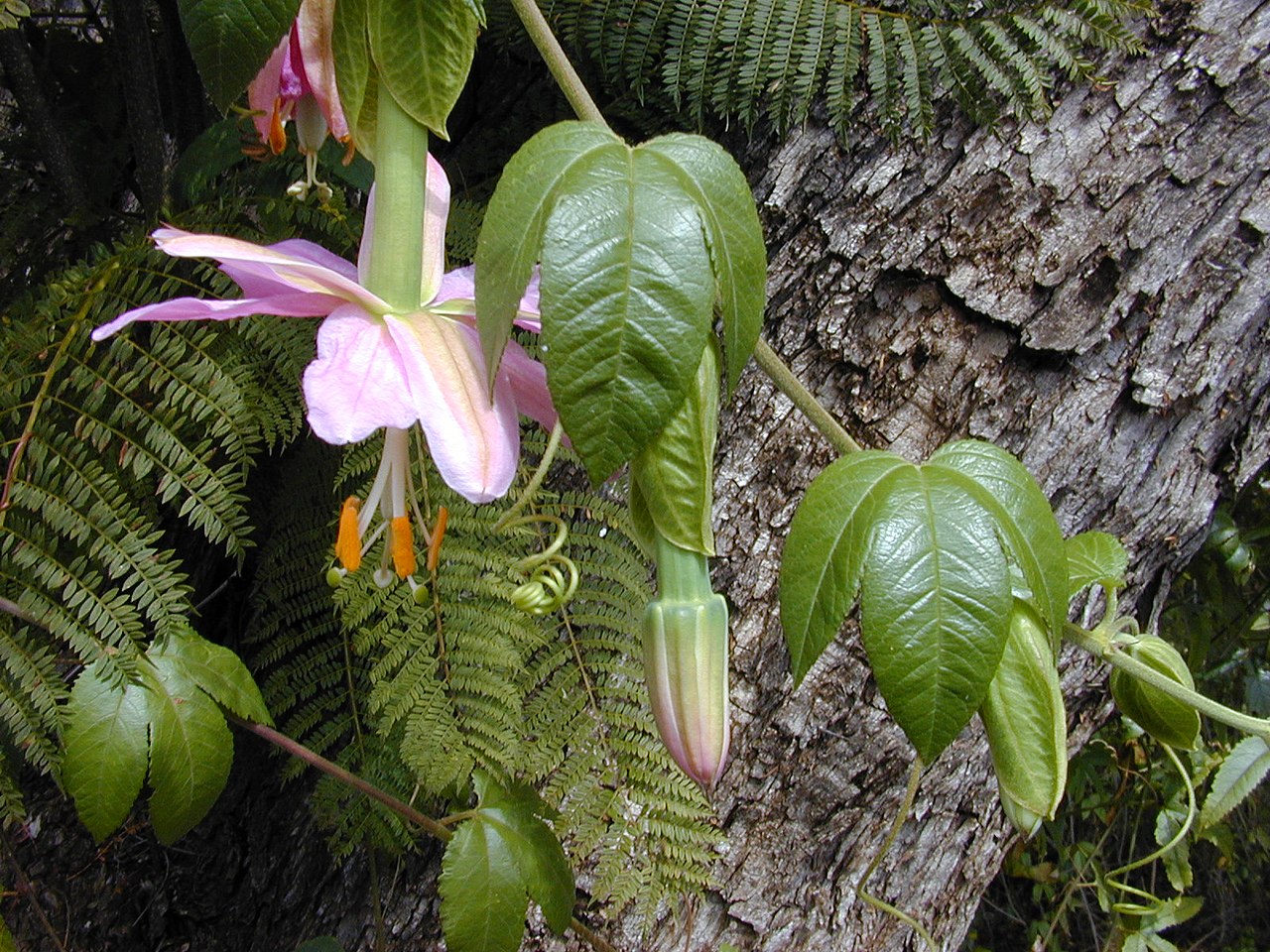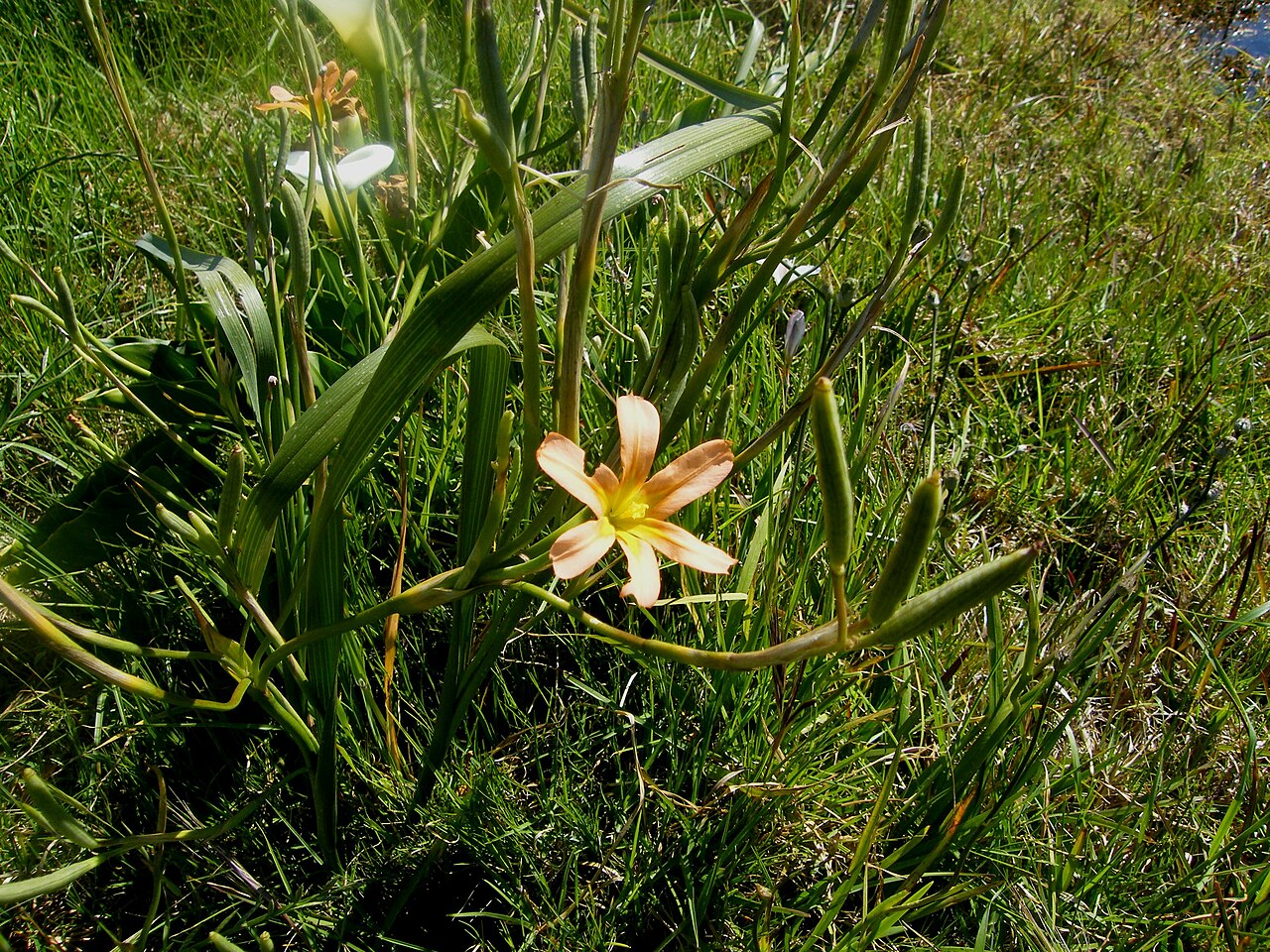
Common Name
Common Prickly Pear, Erect Prickly Pear, Common Pest Pear, Spiny Pest Pear, Smooth Pest Pear, Sour Prickly Pear, Australian Pest Pear, Gayndah Prickly Pear, Dillen Prickly Pear, Pipestem Prickly Pear
Scientific Name
Opuntia spp.
Family
Cactaceae
Lifecycle
Perennial
Seasons of Growth
Year-round
Key Distinguishing Feature
Cactus with flattened, spiny stems and colourful fruits
• Growth Form: Prickly pears are characterized by flattened, pad-like stems (cladodes) that serve as photosynthetic organs. These pads are typically green but can vary in size and shape depending on the species.
• Spines and Glochids: Prickly pears have spines that vary in size and number depending on the species. Some species also have small, hair-like structures called glochids that can cause irritation when touched.
• Flowers: The flowers of prickly pears are typically large, showy, and come in various colours, including yellow, orange, and red. They are often borne at the edges of the pads.
• Fruit: Prickly pears produce pear-shaped fruits that are often covered in spines or glochids. The fruits are edible and are commonly known as prickly pear fruit.
Ecological Impact:
• In some regions, certain species of prickly pears are considered invasive. They can form dense stands and displace native vegetation.
• Prickly pears can also have ecological benefits by providing habitat and food for wildlife in arid and semi-arid regions.
Control Methods:
• Control measures for invasive prickly pears may include mechanical removal, herbicide application, and biological control using insects that feed on the plants.
• Herbicides may be used for control, but care must be taken to use them safely and effectively, following local regulations.
• Harvesting and utilizing the edible fruits can also help manage populations and provide economic benefits.
Prickly pears have a complex ecological role, and their management varies depending on the species and the specific ecological context. Local environmental agencies often provide guidance on the control of invasive prickly pears.
Key Products for Control:
-
Indigo Geronimo 800 SL - MSMA
-
Adama Picoflex - Picloram (present as potassium salt)
-
Adama Safari - Triclopyr
-
BioHerbicide Di-Bak AM - Aminopyralid and Metsulfuron methyl




